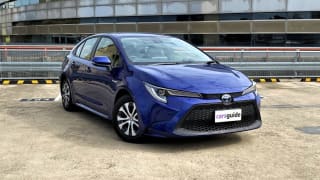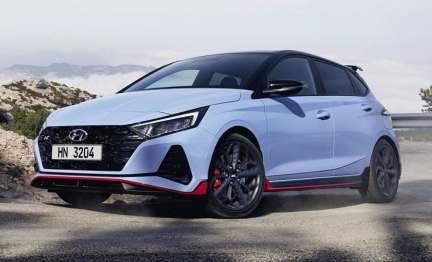
What's on this page
Hyundai I20 2024
Hyundai i20 Reviews
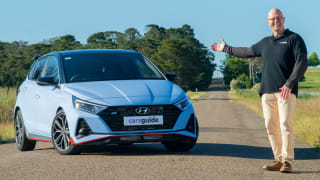
Hyundai i20 N 2022 review

Hyundai i20 N 2021 review: Prototype track test
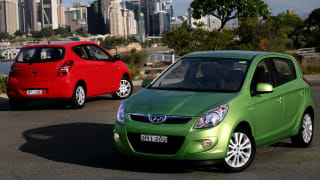
Used Hyundai i20 review: 2010-2014
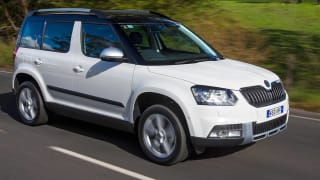
Best unsung car buys
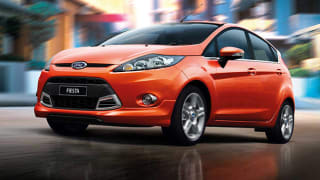
Light car running costs
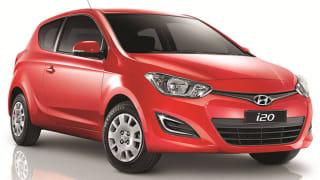
Hyundai i20 Active three-door 2013 review
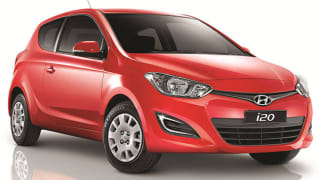
Hyundai i20 Active three-door 2013 review: snapshot
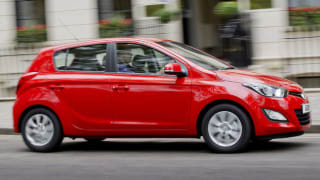
Hyundai i20 2013 review
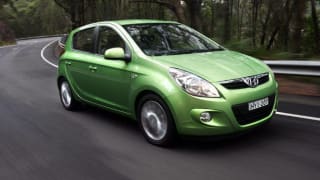
Used Hyundai i20 review: 2010-2012

Car deals 2012

Best fuel bill busters
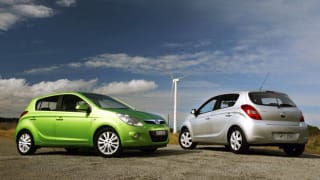
Hyundai i20 2011 Review
Hyundai I20 2024 Price and Specs
Hyundai I20 2024 Q&As
Check out real-world situations relating to the Hyundai i20 here, particularly what our experts have to say about them.
-
Tailgate on my 2010 Hyundai i20 not staying up
What has happened is that the gas struts that are designed to help you raise the weight of the tailgate and then hold it in place have lost some of their gas. As such, they’re no longer able to support the weight of the tailgate and that’s why it’s randomly falling to earth, risking trapping your hands or other body parts in the process.
The solution is to replace the struts. These are available from parts stores and plenty of online sellers and shouldn’t cost too much. They're not difficult to fit yourself, but a mechanic wouldn’t charge too much to fit them either. Once they’re fitted, the tailgate should be perfectly safe to use again.
Many cars also use these struts for the bonnet, too, and they’re a common failure. Just make sure you get the precise strut for your make and model as they vary in length and in how much weight they’re designed to support.
Show more -
Hyundai i20 Bluetooth: How to Connect & Pair Bluetooth in a Hyundai i20?
It wasn’t until the end of 2010 that Hyundai got around to fitting the i20 with Bluetooth tech, so really early examples of the i20 missed out. But Bluetooth is available on all other i20 years and variants, so here’s the skinny on how to connect Bluetooth to Hyundai i20 models:
Hyundai i20 Bluetooth pairing starts with your phone having Bluetooth switched on and the phone in discoverable mode. You then need to press the Menu button on the car’s control panel and use the right-hand dial to scroll through till you find the Bluetooth prompt. Press Enter and then highlight the Pair function and hit Enter again. From there, you’ll get a series of vocal prompts which will lead to the info screen showing a pass-key number. Enter those numbers into your phone, hit the green button and you should be connected.
Some later model i20s have slightly different procedures, but the basics are the same: Search for the car on your phone, use the set-up menu on the screen, and then enter the correct pass-key number. While some other systems display the pass-key number on both car and phone, Bluetooth Hyundai i20 style needs the pass-key as a manual entry to your phone.
Once you have the connection established, the Hyundai i20 Bluetooth will allow all the usual functions including music streaming. The car and phone should automatically pair each time you enter the car from then on. If problems occur, the first place to look for answers is the owner’s manual, but a Hyundai dealer should also be able to help with troubleshooting.
Show more -
Can I tow my automatic 2016 Hyundai i20 behind a motorhome?
The only way to successfully tow something like that is to use a trailer, I'm afraid. Unless you can get the drive wheels of a conventional automatic car off the ground while it's being towed, you stand to destroy the transmission in minutes.
Flat towing with a certified A-frame is legal in Australia, but the regulations do vary from state to state. But even if it's technically legal, it won't work with an automatic i30.
Show more -
Hyundai i35 - Did this model ever exist?
The answer is no, but Hyundai's naming policy was very confusing during the 2010s.
The original i30 of 2007 introduced the alphanumerical naming policy and signified a different approach to vehicle engineering, with a European focus with higher-quality engineering rather than a low price to take on class leaders like on the Volkswagen Golf.
Thus 'i' something became a sort of premium nomenclature, and of course is still used to denote this on models like the i30 and Europe's i10 and i20 small cars There was also the German-engineered i40 midsized sedan and wagon until 2018.
But here's where Hyundai muddied its own waters.
In 2010 the larger, American-market Sonata was rebadged i45 for Australia and New Zealand – even though an 'x' and a '5' rather than a '0' meant crossover or SUV, as illustrated by the very popular second-generation Tucson being renamed ix35 in Australia and some other markets from 2009 to 2015 – though this naming policy was abandoned for the third-generation Tucson from 2015. While strikingly styled, there was nothing European about the i45, and it too returned to being badged Sonata from 2015.
So... i10, 120, i30, i40 and i45 for Australia, but no i35.
Thank you.
Show more
Hyundai I20 2024 Wheel size
Wheel size for the 2024 Hyundai i20 will vary depending on model chosen, although keep in mind that many manufacturers offer alternate wheel sizes as options on many models.The wheel size available will alter the range of tyres available to be fitted.
| Hyundai i20 Model | Body Type | Front Tyre Size | Front Rim | Rear Tyre Size | Rear Rim | |
|---|---|---|---|---|---|---|
| N | Hatchback | 215x40 R18 X | — | 215x40 R18 X | — | |
| N TTR | Hatchback | 215x40 R18 X | — | 215x40 R18 X | — | |
Hyundai I20 2024 Fuel consumption
Fuel consumption for the 2024 Hyundai i20 is dependent on the type of engine, transmission, or model chosen. The Hyundai i20 currently offers fuel consumption from 6.9 to 6.9L/100km. The Hyundai i20 is available with the following fuel type: —.
| Hyundai i20 Model | Body Type | Specs | Fuel Consumption | |
|---|---|---|---|---|
| N | Hatchback | 1.6L,—,6 SP MAN | 6.9L/100km | |
| N TTR | Hatchback | 1.6L,—,6 SP MAN | 6.9L/100km | |
| N TTR | Hatchback | 1.6L,—,6 SP MAN | 6.9L/100km | |
Hyundai I20 2024 Dimensions
Dimensions for the 2024 Hyundai i20 are dependent on which body type is chosen. The maximum width and height is 1775mm x 1440mm and can vary on the basis of model.

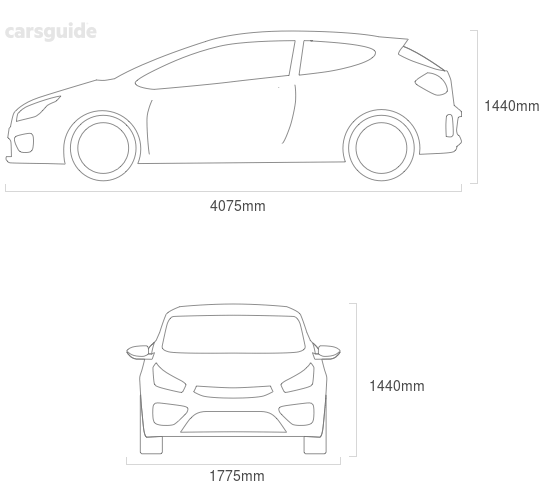
| Hyundai i20 Model | Body Type | Height x Width x Length | Ground Clearance | |
|---|---|---|---|---|
| N | Hatchback | 1440x1775x4075 mm | 101 mm | |
| N TTR | Hatchback | 1440x1775x4075 mm | 101 mm | |
Hyundai i20 News

Cut-price hot hatch revealed! 2025 Hyundai i20 N pricing and features detailed: Toyota GR Yaris and Volkswagen Polo GTI rival gets design tweaks and extra tech
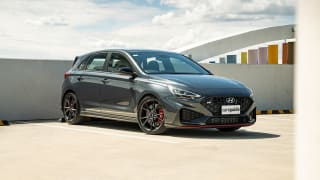
Hot hatch summer! 2024 Hyundai i20 N and i30 N orders reopen

Subaru WRX, Porsche 911, Ford Mustang... the shrinking list of cars with manuals left in Australia | Opinion
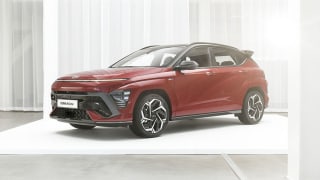
Another new small SUV? Why the bigger new 2023 Hyundai Kona gives the brand a chance to take on the Toyota C-HR, Mazda CX-3 and more with another small SUV
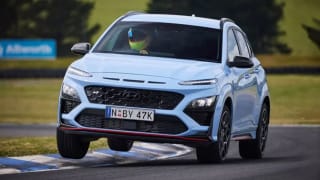
Re-N-ergised! Hyundai Australia reduces wait times for i30 N, Kona N performance models
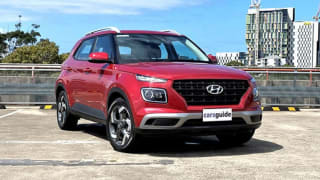
Prices up for 2023 Venue, Santa Fe, N and N Line models as Hyundai passes on rising costs to customers
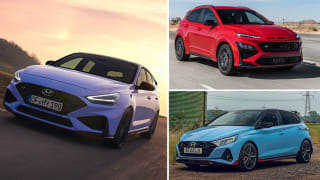
Hyundai Palisade N Line incoming! N eruption continues with N and N Line performance models now accounting for one-in-four Hyundais sold in Australia
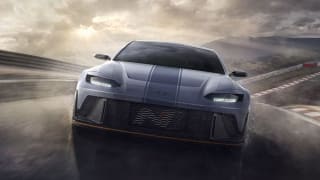
Don't fret! Hyundai is still going to build non-electric Ns for the foreseeable future
